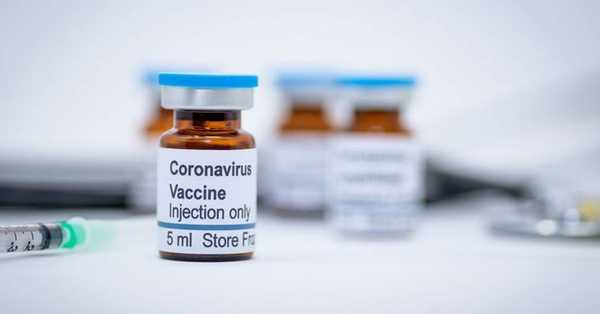Over 0.1 million Indians have passed on from Covid-19 and this is a long way from being done. A very much planned vaccination plan can lessen passings by up to 70%. Given how much the nation has relinquished to back the contamination off, it is owed a cautiously arranged – and tweaked – immunization conveyance plan..
With the possibility that several vaccines will be available soon, it is now essential to develop and disseminate a Covid-19 vaccine allocation plan. Those in India infected with Sars-CoV-2 are likely to have developed some form of immunity. Judging by studies around the country that have found under 50% seroprevalence, however, more than half the population remains susceptible to Covid-19. Even at optimistic estimates of production capacity (60 million doses/month), it will take a minimum of a year to produce enough doses for every individual at risk. Some vaccines may require multiple doses, which compounds the problem. Then, there are the challenges of storage and distribution which could cause further delays.
It is tempting to look abroad for guidance on how to prioritise groups for vaccination. After all, many of the vaccines India may use are being developed abroad. While we have some things in common with other countries, there are several ways in which India differs which make it critical that we develop our own strategy.
Let us examine the common features. First, all countries will prioritise health care workers employed in the Covid-19 response. Likewise, we are likely to prioritise other frontline workers and leadership, so that policy decisions are made and implemented that will keep the pandemic at bay until every susceptible person is vaccinated.
However, the differences here are more stark. First, multiple serological studies suggest that India has a lower infection fatality rate than many countries. Second, some parts of the country have a much higher percentage of the population that has already been infected. Third, the poor have been disproportionately affected by suppression policies, even when compared to the poor in other countries. Fourth, India has unique difficulties with the distribution of medical treatment. These require us to develop a customised plan for India.
So the question now is, after we immunise critical frontline workers and leadership, who should be vaccinated next. When trying to decide on this, we have to keep a few things in mind.
First, any priority list the government develops should focus on factors that policymakers can implement easily. For instance, vaccinating those with co-morbidities, who are most at risk of death if infected, makes sense in theory. But it is hard to implement this plan in practice because the government cannot easily identify people’s co-morbidities. Instead, we should focus on location, demographic features, and possession of a ration card.
Second, there are two major benefits of vaccination. One is the direct health benefit to the person being vaccinated, who is less likely to get infected and thus to die from Covid-19. This benefit suggests prioritising the people most vulnerable to infection and death going forward. The other is the indirect benefit to others who will not be infected by the person who is vaccinated. This benefit suggests prioritising those most vulnerable to infection and infecting others going forward. These two goals are not always aligned: The infected who are most likely to die are old, while those most likely to infect others may not be old.
Third, calculating the direct benefits of vaccination involves a delicate balance. We want to identify groups that are most likely to get infected, but have not already been infected in the past. However, the groups that are most likely to get infected going forward are also likely to be immune, precisely because they were more likely to be infected in the past. It is possible to address this conundrum, but it requires careful statistical analysis.
It might be tempting to think that a detailed analysis is not required, that vaccination should proceed from the oldest to the youngest. But that supposition would be wrong. Our analysis of mortality rates in Bihar and Mumbai suggests that individuals in their 80’s have lower mortality rates than those in their 70s (among males) or even 60s (among females).
What we need is a vaccine allocation plan that will maximise the short-term health benefits for the country. Our top priority should be frontline workers and leadership that are critical to suppressing Covid-19 and vaccinating the population.
After that, we should prioritise those who are not already immune and remain at high risk of death from the virus. This allocation should focus first on areas where the disease is spreading quickly, as those are the areas at greatest risk. Finally, we must continue surveillance efforts to ensure we have the most up-to-date information on areas of need when a vaccine finally becomes available.
Over 0.1 million Indians have died from Covid-19 and this is far from over. A well-designed vaccination plan can reduce deaths by up to 70%. Given how much the country has sacrificed to slow the infection down, it is owed a carefully-planned – and customised – vaccine distribution plan.
